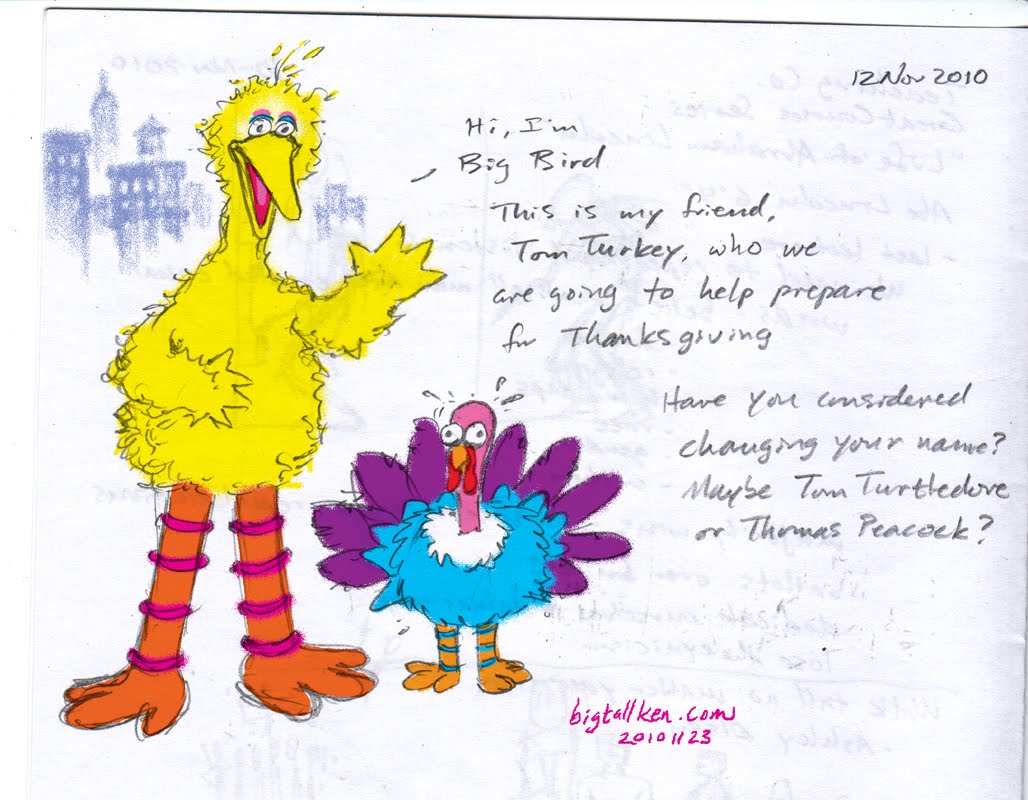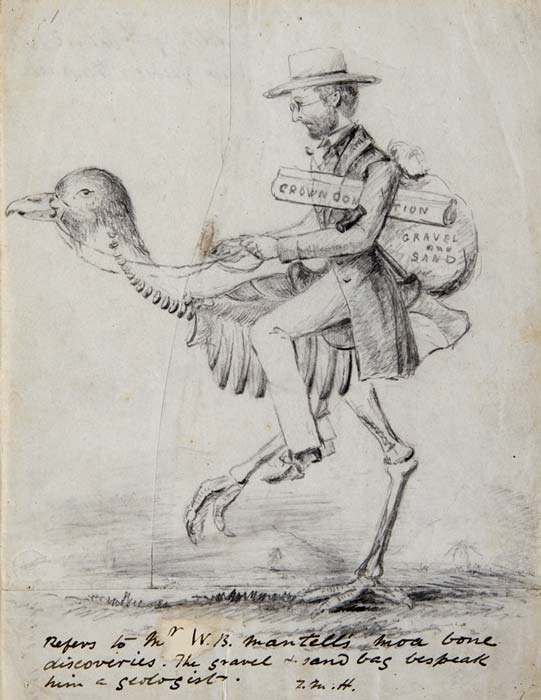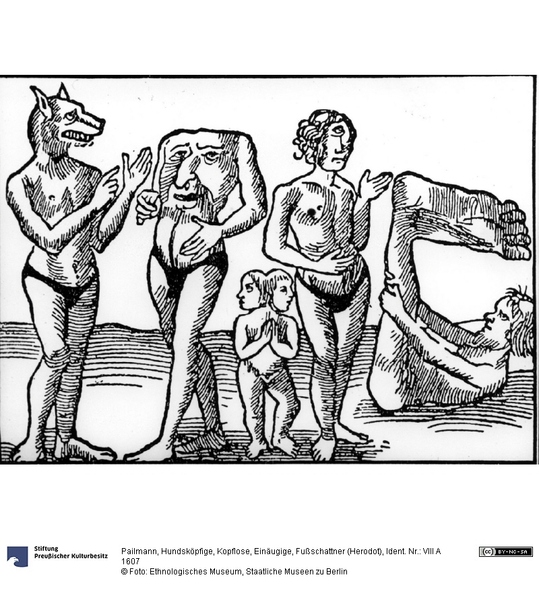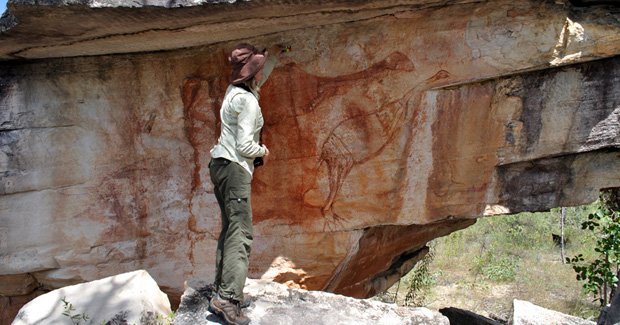More on: Animal Portrayals.
Big bird cartoon by Ken Eaton
The family of the big walking birds, like the Moas (extinct), Nandus, Emus, Ostriches, Elephant Birds (Aepyornis maximus, extinct). They tend to be seen only in regards to their being different than the “typical” flying birds, and their size is often highlighted as if they had something absurd about them.
Table I.
We attribute certain animals to certain stances that we have towards them; each species, each subspecies, has a certain box that a “human cultural context” holds ready for them.
We lack the ethical barrier, the healthy taboo, to understand that nonhumans are not to be threatened, ridiculed, hated, and relegated into irrelevancy if we want to have a comprehensive ethical outlook on the world; the kind of taboos we have learned and are constantly in a process of learning when we face each other.
Seeing nonhuman animals of today, we tend to relate them to their ancestors in a fascinated yet freak-show-like way: we look how they compare in sizes, who ate who, and why these ancestors wouldn’t “survive” or evoluted, we say they look or looked “weird” or awesome.
In past cultures and civilizations nonhumans were perceived with myth. Now, even extinct and ancient animals that we have never seen in real life, are placed by us into this taboo-free-zone, where we view the past in ways that reinforce our current objectifying speciesist attitudes.
Images:
TableI.:
“Bones from the moa – a large, flightless and extinctNew Zealandbird – were collected from the early 19th century. Public servant and naturalist Walter Mantell was an important collector of moa bones. He sent large collections to Richard Owen of theBritishMuseum, who was the first scientist to identify moa species. Here, Mantell is fancifully depicted perched on a partly skeletal moa. The document under his arm refers to his government work setting aside land reserves for Māori.”
http://www.teara.govt.nz/en/artwork/37312/walter-mantell-riding-a-moa
Table II.:
Hundsköpfige, Kopflose, Einäugige, Fußschattner (Herodot), Ident.Nr. VIII A 1607. Staatliche Museen zu Berlin, Preußischer Kulturbesitz, Ethnologisches Museum.
http://www.smb-digital.de/eMuseumPlus?service=ExternalInterface&module=collection&objectId=617600
Table III.:
“A rock painting that appears to be of a bird that went extinct about 40,000 years ago has been discovered in northern Australia. If confirmed, this would be the oldest rock art anywhere in the world, pre-dating the famous Chauvet cave in southern France by some 7,000 years.”
http://www.australiangeographic.com.au/news/2010/06/bird-rock-art-could-be-worlds-oldest/
All links: 20. March 2014



